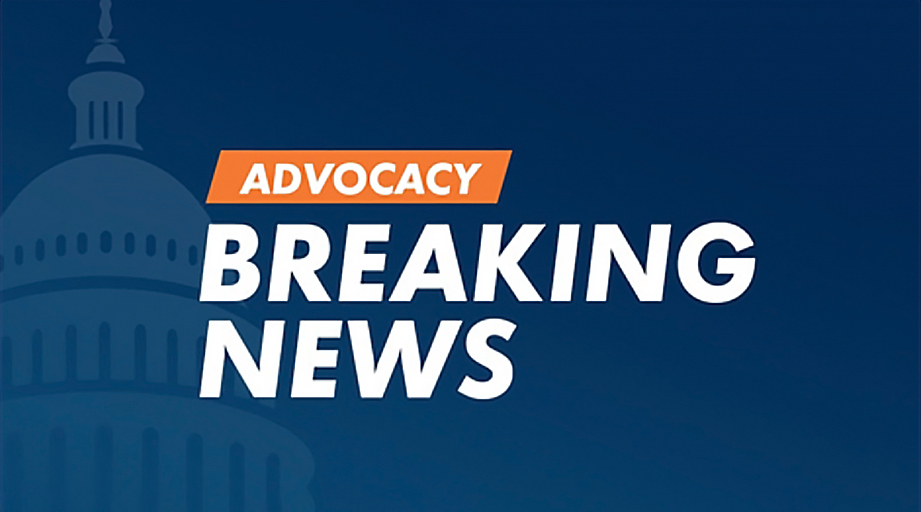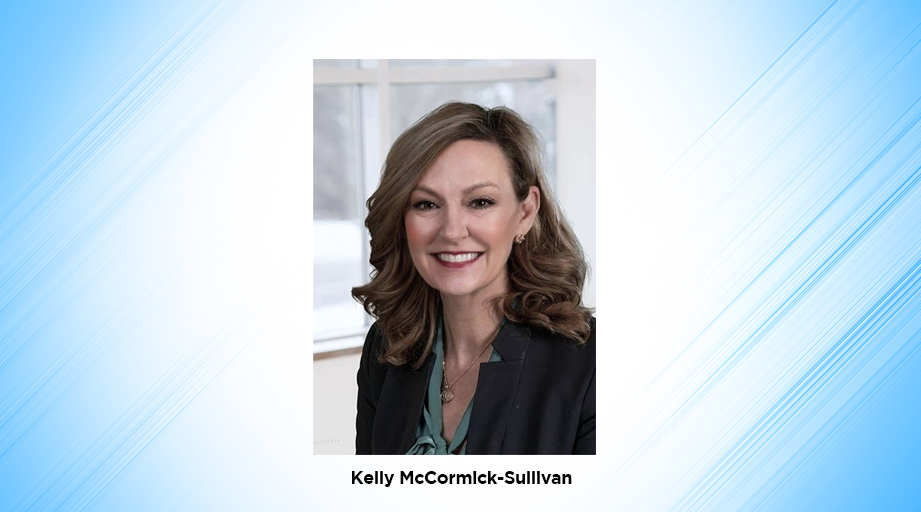
Outpatient clinics should plan for double-digit growth in spending on drugs this year, but expenditures for inpatient medications will be flat to moderate in growth, according to the annual update to a national analysis of drug spending data.
The AJHP article “National Trends in Prescription Drug Expenditures and Projections for 2018,” which was published online this month, predicts that spending on drugs used in clinic settings will grow by 11–13% over 2017 spending. Spending on prescription drugs used at nonfederal hospitals is projected to remain unchanged or to rise up to 2%.
Overall, according to the report, national spending on prescription drugs this year is predicted to increase by 3–5% compared with 2017.
“Clinics are still where we see relatively high increases in spending from year to year. And that has to do with the continued movement of care from inpatient to outpatient settings,” said lead author Glen T. Schumock, professor and dean at the University of Illinois College of Pharmacy in Chicago.
“It also has to do with the fact that most of the really expensive medications are used in clinics,” he said.
The report defines clinics as physician offices and outpatient clinics, urgent care centers, and specialty clinics providing oncology, nephrology, dialysis, family planning, and orthopedics services.
Predictions in the report are based, in part, on an analysis of drug expenditures during 2017. According to the report, clinics spent $3.7 billion on infliximab last year—an 8% increase over 2016—making that the top drug on the expenditures list for the clinic sector.
But spending on infliximab fell at nonfederal hospitals to just over $900 million last year, representing a 15.6% drop from 2016. Infliximab was the number-2 drug in expenditures at nonfederal hospitals, behind rituximab.
The report also includes information about spending trends by therapeutic class. According to the document, nonfederal hospitals spent about $6.2 billion on antineoplastic drugs last year, or just over twice the amount spent on hemostatic modifiers, which ranked second in spending.
A section on biosimilars in the report states that national spending on granulocyte colony-stimulating factor (G-CSF) products fell by 10.9% last year. The decline in spending is probably related to the introduction of less-costly G-CSF biosimilar products to the U.S. market, according to the report.
But Schumock said biosimilars, as a group, are not yet penetrating the U.S. market and reducing medication costs.
“We’re hoping to see, in the future, a bigger impact,” he said.
The report projects that specialty medications, in general, could account for half of all U.S. drug expenditures by 2020.
A table in the report lists drugs that are under review by FDA and could affect hospital budgets if the products are approved this year. On the list of potential approvals are 3 monoclonal antibody products under development for the prevention of migraine.
“A lot of people have migraine, and it’s been poorly treated by the drugs that we have available. So these new drugs could be real important” in certain clinic settings, Schumock said.
Another potential approval to monitor this year is andexanet alfa, which is under FDA review as a reversal agent for direct and indirect inhibitors of Factor Xa. Schumock said this drug, if approved, could have a ripple effect on spending.
“It might make prescribing of the oral anticoagulants—the newer agents—safer, so people might then prescribe those more,” Schumock said. “That might lead to other expenses.”
Schumock said the intent of the annual expenditures report is to provide pharmacy directors with benchmark-type data that can help them predict and budget for their institution’s drug expenditures.
But he cautioned that the national data must be examined alongside information about each hospital’s patient population, prescribing patterns, and local factors that may influence treatment decisions.
“So, our forecast should just be a starting point,” he said.
[This news story appears in the May 15, 2018, issue of AJHP.]









